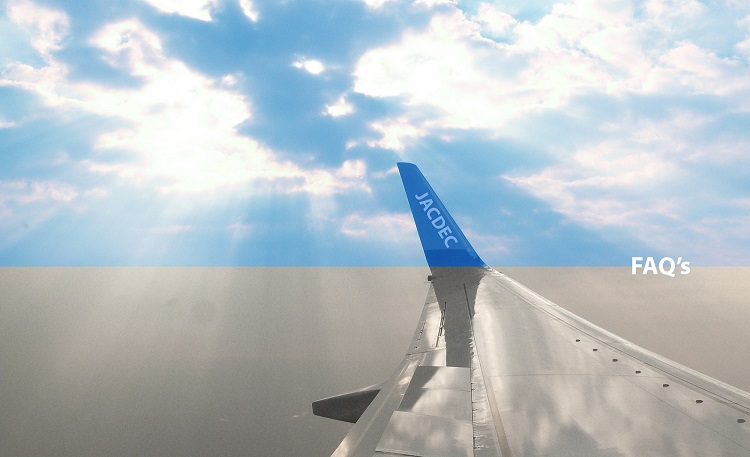
There a number of frequently asked questions concerning the JACDEC Risk-Ranking, which viewers and customers repeatedly are asking.
To elucidate the most common misconceptions and misinterpretations about the ranking, we believe it can be helpful to provide answers to the most questions we hear again and again.
Q: When the ranking is only about civil aviation, why isn’t the safety of the general aviation a part of it?
A: These are totally different animals. There is no way you can compare a Cessna 172 flying for recreational purposes with a large passenger jet flying thousands of passengers on a day by day basis. The first ones are built for costing money the latter were built for making money.
Q: Does the Ranking take responsibility for an accident into consideration?
A: JACDEC does see safety as the risk of being involved in an incident or accident from a passenger’s point of view. Thus the only important factors for the Risk-Index is “whether or not” an accident occurs but not “why” it happened. That’s an issue for our database analytics, but not for the Risk-Index calculation.
Q: What happened if there a multiple aircraft involved? Do the victims count for both parties, or not?
A: For the ranking, we only count casualties or injuries of the people on-board the accident aircraft, this excludes 3rd party people on the ground, and occupants in other planes.
Q: JACDEC is using RPK (revenue passenger kilometers) as the only traffic performance parameter, why are you not using flying hours or the number of flights instead?
A: There are two reasons why we do not work with flying hours. The 1st one is the lack of global data availability since all performance figures are standardized in revenue passenger kilometers performed (RPK). 2ndly by using only the number of flights, we would lump together an airline using smaller regional aircraft with a long-range airline which – by coincident – happens to have amassed the same amount of flights. Let’s assume both have had one accident, they would be treated exactly the same in terms of the Safety Index although one has carried multiple times the passengers of the other. Hence we believe RPK’s are a better tool to provide more fairness for measuring the safety of an airline.
Q: The ranking includes many different operators across the world, are Airlines like American Airlines (USA) and Condor (Germany) comparable at all?
A: Each airline is different. Different in size, network, internal proceedings, etc. But all are doing the same business. They all provide regular flights with aircraft greater than 19 seats and 5,7 tons of weight. But we put certain minimum requirements into place before an airline can make it into the TOP100 list. It must generate more than 1 M RPK’s (revenue passenger kilometers) and also must have been operative for four years consecutively.
Q: Why does the ranking comprise older accidents from decades ago? Are they really relevant today?
A: You are right: older accidents are less relevant. This is the reason why we included a time-weighting factor (in math terms it’s called an “exponential moving average”). This factor dampens the impact of an accident, a fatality or an incident. Each year this “forget factor” grows bigger until after 30 years its impact has reached nil.
A safe journey for all of you.
Jan-Arwed Richter